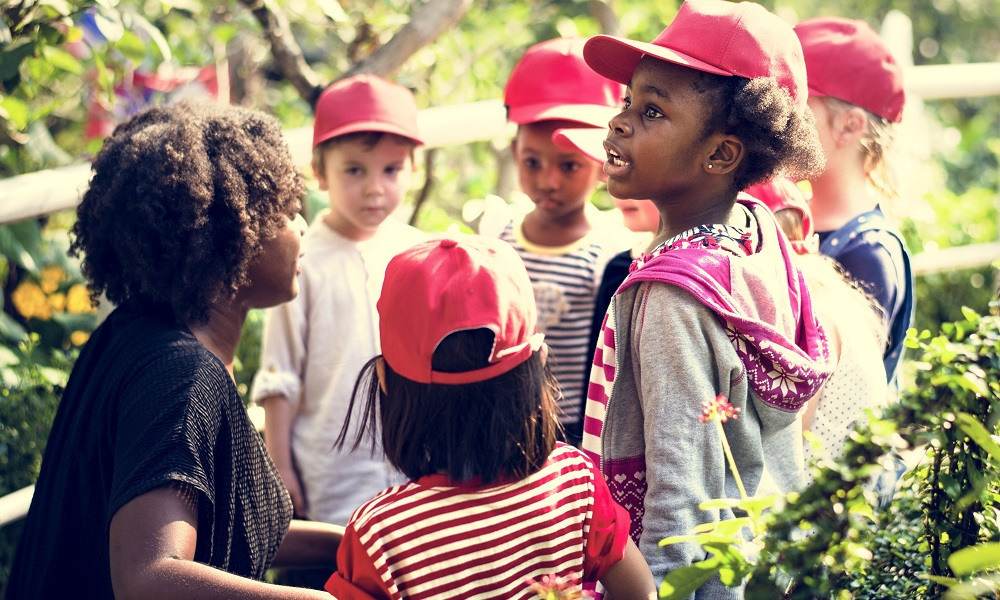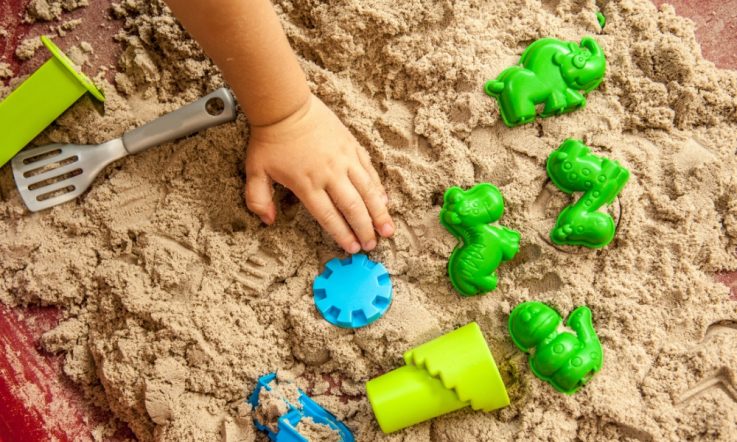The benefits of learning through play in early childhood are widely understood by educators and researchers. But as children move through primary school, evidence from policy and practice suggest that children's learning quickly becomes more formal, structured, and focused on achieving more narrowly defined learning goals, at the expense of play.
A new study by the LEGO Foundation explores how children can learn through play beyond the early years, in order to develop a holistic set of skills along with academic knowledge, to thrive and succeed in a rapidly changing world. The Australian Council for Educational Research (ACER) worked in partnership with the LEGO Foundation to write the report, and the two main contributing authors, Rachel Parker and Dr Bo Stjerne Thomsen, explain more.
We explored eight different approaches to teaching and learning commonly used in primary school education and questioned, are they similar to learning through play?
The eight approaches, which we termed as ‘integrated', are: active learning, cooperative and collaborative learning, experiential learning, guided discovery learning, inquiry-based learning, problem-based learning, project-based learning, and Montessori education.
We were seeking to understand: Are these approaches playful? Are they similar or different? Are they effective? And, what makes them work, and why?
The resulting study Learning through Play at School, unpacks these terms and scopes the territory of ‘playful' approaches to teaching and learning. It describes a suite of pedagogies that emanate from the same constructivist learning theories, and value holistic skills development, delivered in an integrated way as part of the primary school curriculum.
We termed playful approaches as ‘integrated', as they commonly incorporated a range of guidance types (child-directed, teacher-guided and teacher-directed instruction), and valued whole child development. Integrated approaches also involved learners making choices about the content and process of their learning, and fostering decision making skills.
The study describes how and where integrated approaches are used, presents evidence of their impact, and lists the conditions under which they thrive.
This is important territory to map – as schools and systems around the world differentiate their approaches, we must understand what they mean in order to critically engage with the area of effective teaching and learning.
The common enabling factors
The study was conducted in two stages. First we collected literature on implementing learning through play at school. This search revealed limited evidence of implementation beyond the Foundation or Reception year, but suggested that other potentially similar approaches were being used. We selected approaches to investigate based on the strength of evidence, relevance to the primary years, and alignment with learning through play.
The study describes how the eight different approaches are closely related to learning through play, and how they can positively impact learning outcomes across a range of areas.
The study bridges the divide between the pedagogies of preschool and primary school, and identifies ‘what next' after children learn through play.
We found common enabling factors existed across the different approaches; that is, they all seemed to work best when certain conditions were present. These were:
- Instructional design was intentionally student-centred
- Approaches were applied with fidelity to the method, scaffolding, and ranging levels of teacher guidance
- Curricula were flexible, allowing for topics to be explored in depth
- Assessment was multi-dimensional, formative, and thoughtfully designed and delivered
- Teachers understood and were positively inclined toward the strategies; had sufficient subject matter knowledge to guide learner investigations; understood assessment requirements, and could access professional learning about integrated pedagogies
- Schools supported implementation via line managers, strong leadership, planning, and allowed the necessary time for learners and teachers to schedule and deliver integrated approaches
- Schools offered sufficient physical space and resources to implement the approaches
- Parents, caregivers, and communities understood and valued the approach and its benefits.
Frameworks for play and learning
The LEGO Foundation has led a range of studies over the past few years to advance the field of learning through play, with research partners such as Penn State University, Temple University, University of Cambridge, and Harvard University.
In doing so, they have established that play promotes learning when it is joyful, meaningful, actively engaging, iterative, and socially interactive. They consider that learning comprises a breadth of knowledge and skills encompassing the cognitive, social, emotional, physical and creative domains.
Learning through play at school used these definitions for play and learning to determine which approaches to examine, and what skills and knowledge were important.
The report is important and timely, as schools and teachers face increasing pressure to respond to mounting demands for evidence of learners' progress across a range of areas.
Many schools and systems have responded by focusing on lower level, easily measurable skills and knowledge, at the expense of those which are higher order or harder to measure.
Early years education is increasingly adopting curricula-driven learning outcomes, becoming more ‘school-like' and less playful; a phenomena described as a ‘push down curriculum'. This is negatively impacting on children's emotional wellbeing (Jay & Knaus, 2018).
We are presenting viable alternatives to didactic and structured approaches to foster academic learning that are being used in the early years. These alternatives are integrated, combining a range of teacher guidance levels, and were found to be highly effective when enabling conditions are heeded.
Practical implications for educators
Learning through Play at School offers educators and systems a model for playful learning. By mapping integrated approaches against five characteristics commonly associated with quality play experiences – joy, meaning, iteration, active engagement, and social interaction – educators can gauge the ‘playfulness' of their teaching and learning. This study collates recent evidence regarding approaches that are currently used in schools. Educators and administrators can review a wide range of examples of successful implementation and supporting conditions. Examples include:
Australia – Maths, Science and writing skills through experiential learning
‘experiential learning can act as a natural site for curriculum integration, offering children the opportunity to “play” while learning fractions through measuring ingredients and cutting up fruit into portions; practice writing via journaling about the program; and learn concepts related to science and the natural world such as seed life cycles, nitrogen fixation, the role of insects, and how to tell whether an egg is fresh' (Block et al. p. 424)
Zambia – Student achievement and growth mindsets through active learning
‘when teachers tried open-ended classroom questioning, peer learning, and hands-on activities, they saw learners demonstrate higher levels of achievement. Teachers then revised previously held views about learners' capability' (Haßler et al. 2015)
Educators and students have never benefited from dichotomous ‘either-or' stances about what works in education. Instead of advocating for one approach as inherently better, we address the ‘why' and ‘how' of different integrated approaches to continue to expand discussions about quality teaching and learning.
References
Block, K., Gibbs, L., Staiger, P. K., Gold, L., Johnson, B., Macfarlane, S.,… & Townsend, M. (2012). Growing community: The impact of the Stephanie Alexander Kitchen Garden Program on the social and learning environment in primary schools. Health Education and Behavior, 39(4), 419–432. https://doi.org/10.1177/1090198111422937
Haßler, B., Hennessy, S., Cross, A., Chileshe, E., & Machiko, B. (2015). School-based professional development in a developing context: Lessons learnt from a case study in Zambia. Professional Development in Education, 41(5), 806–825. https://doi.org/10.1080/19415257.2014.938355
Jay, J. A., & Knaus, M. (2018). Embedding play-based learning into junior primary (Year 1 and 2) curriculum in WA. Australian Journal of Teacher Education, 43(1), 112–126. https://doi.org/10.14221/ajte.2018v43n1.7



